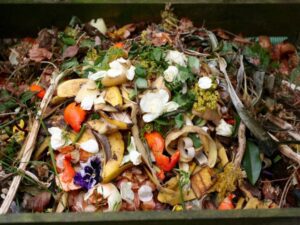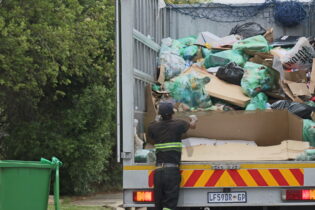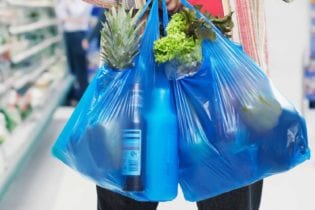BofA Global has published a research study on food security in relation to ESG considerations which states that more than 2-billion people live under food insecurity and about one-third of food is wasted. With fewer than 15 crop types and five livestock species providing about 80% of the global food supply, the report discusses how very different agriculture will look by 2050.
ESG revealed environmental concerns intersecting with social issues. As a case in point, food security has become more urgent when considered against the backdrop of global warming. Lack of food security can lead to higher prices, acute shortages, and ultimately social unrest. The invasion of Ukraine has disrupted the already tight agricultural markets: Russia and Ukraine are responsible for approximately 25% of the world’s wheat, 65% of sunflower oil, 20% of barley, and 18% of corn exports. Food price shocks hit EMs, retail, discretionaryFood price shocks hit lower-income countries the hardest. Rising cost of living will hit a global retail sector eager to rebuild after covid, with effects stretching to food wholesale, beverages, hospitality, and gaming. Paper and packaging may experience the impacts of declining wholesale and retail demand. Second-order effects could be seen in telecoms and media due to rising wage pressure.
Fertilizer availability at risk, prolonged pain in grain
Sanctions on Russia and Belarus and the war in Ukraine are predicted to reduce global fertiliser availability: together, the three account for c. 38% / 11% / 7% of global potash / ammonia / phosphate supply and c. 19% / 24% / 11% of global exports. Grain market disruptions risk food shortages, especially if planting is disrupted and ports remain closed.
Challenges
Food systems generate over a third of GHGs. By 2050, the world will have to feed up to 10bn people, more nutritiously and with far lower emissions. Challenges today include near-term food supply chain dislocations. Further out, climate change, loss of farmland, loss of habitats, freshwater depletion and pollution, and poverty weigh on prospects.
Reducing food waste
Fully one-third of food produced annually is lost or wasted: this food waste contributes 8-10% of GHG emissions. Using just 25% of this wasted food could feed almost 900mn hungry people. Loss and waste occur across the food value chain and can be reduced.
Policy prescriptions Further out, advance planning, budgeting and government policies are key to food security, social development and overall poverty reduction. Recommendations include lowering the cost of a healthy diet, scaling up climate resilience in food systems, tackling poverty and structural inequalities, and changing consumer behaviour. Today, fewer than 15 crop types and five livestock species provide about 80% of our global food supply – that’s it! Agriculture in the future will look very different, with technological advances taking some food production off the farm and into the lab.






